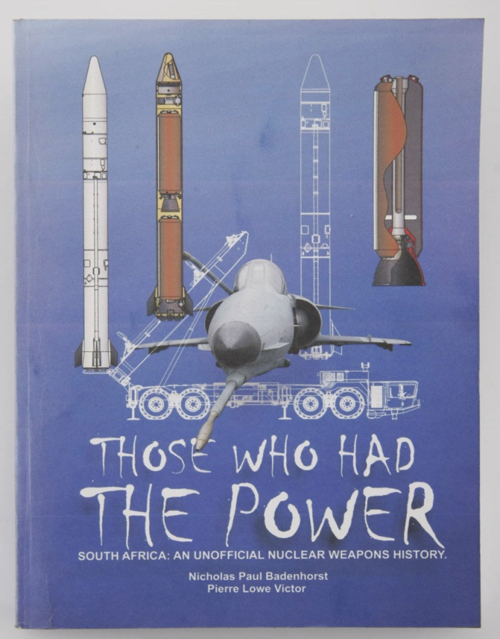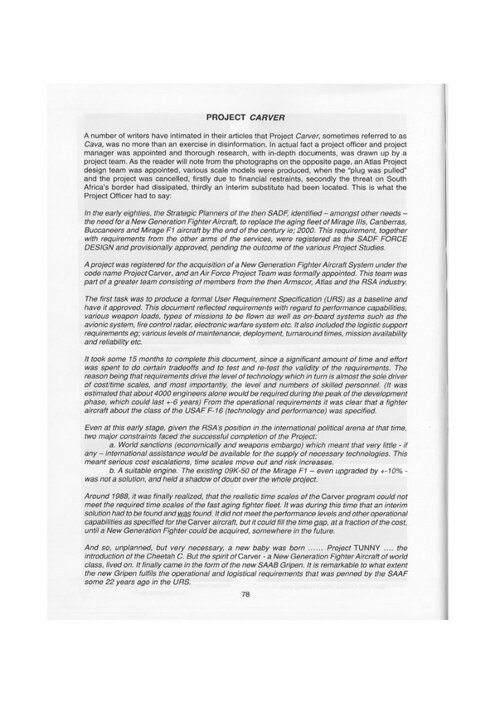I didn't knew South Africa had taken F1 and Atar licences. Wow. Could have changed a lot of things.
From memory I remember than S.A purchase of F1s was delayed by some years (could have been 1971, was 1973-74) - to a date where the Aparthrid-related sanctions left next to zero margins.
Had S.A taken those licences some years earlier...
Dassault, SNECMA, and South Africa announced the technical agreement to licence produce the F1 and ATAR 9K50 on the 27th June 1971.
The intention was to produce 100 Mirage F1 aircraft, and associated engines.
The majority of both F1CZ and F1AZ airframes were assembled by Atlas in South Africa, with the AZ being rushed toward the end due to the impending arms embargo. These were from French kits, and consisted of 48 planes. I suspect the arms embargo prevented the implementation of the full 100 licence production total, of which the remainder would have seen ever increasing local manufacture, and not assembling. This was part of a definite programme to build up a proper, industrialised competent military aviation industry.
Some background info:
The initial voluntary arms embargo of 1963 gave South Africa a pre-warning of what might potentially be coming down the pipeline regarding embargoes.
This was proven to be correct with the mandatory arms embargo via the UN in November 1977.
Thus, from 1963 already, plans were put into place to develop the local arms industry. South Africa did have heavy industry, and indeed had produced weapons in WW2, producing thousands of armoured cars, artillery pieces, weapons, and munitions, but this weapons manufacturing was allowed to wither away postwar.
South Africa did have 2 competent defence ministers in this time frame (60' and 70's) in Jim Fouche and PW Botha.
Thus, amongst others, Atlas Aviation was born in 1965, and Armscor in 1968, directly as a result of the voluntary embargo in 1963. Licences were taken out, such as for the Aermacchi mb326 (about 250 manufactured), to develop the industry.
Atlas ended up being involved in assembling, manufacturing and designing a stable that included, amongst others, the Impala, Bosbok, Kudu, Cheetah, XTP-1, XH-1, Oryx, Ace, Rooivalk, Carver ..etc
But the 1977 compulsory embargo definitely threw a spanner in the works regarding timing.
Nevertheless, the fact that an advanced combat jet programme could be launched less than 10 years later illustrates that some far-sighted decisions taken in the 1960's bore fruit.
It's worthwhile remembering that the only previous combat aircraft built in South Africa previously were the 65 Hawker Hartebeest light bombers in World War 2.
South Africa had heavy industry and competent engineers ...it just wasn't geared toward weapons or aviation. That took time, money, and effort, and technology acquisition.


 www.invaluable.com
www.invaluable.com




